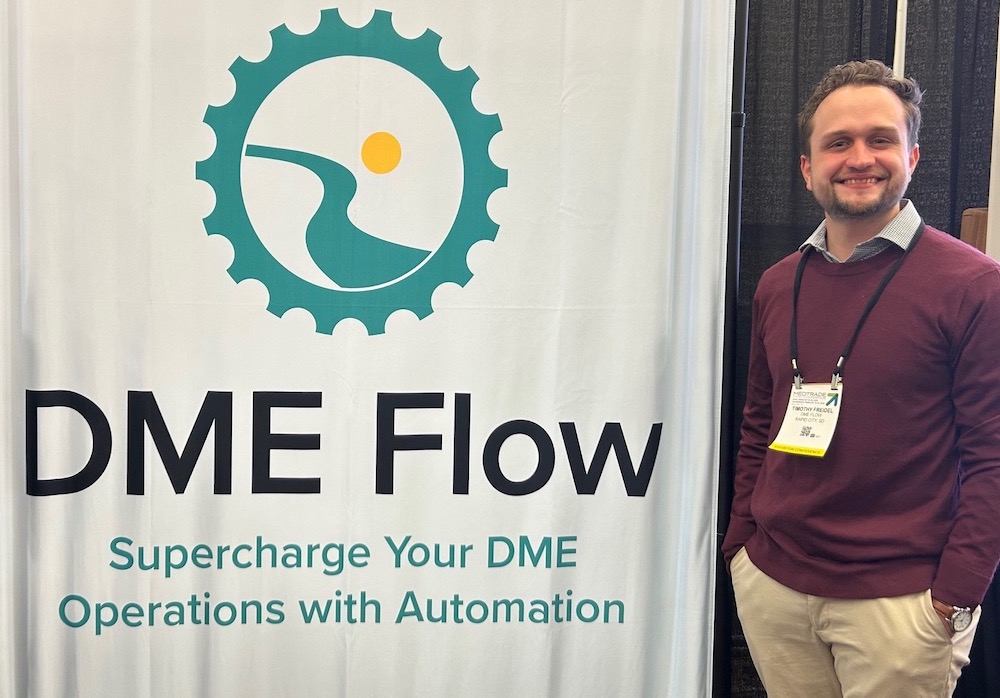RAPID CITY, S.D. – Durable Medical Equipment billing is complex by nature. It must account for varied payer requirements, recurring rentals, strict documentation rules, and multiple layers of compliance.
But beyond the well-known pain points, there are subtle challenges that can quietly slow operations, increase labor costs, and disrupt cash flow. These issues often go unaddressed because they are integrated into the daily routine. Tackling these pain points requires a closer look at how work actually moves through the DME billing system.
 1) Prior Authorization Delays
1) Prior Authorization Delays
Many payers require prior authorization for certain types of equipment, especially high-cost or recurring rental items. Delays in obtaining these approvals can stall both delivery and billing.
Sometimes the bottleneck is on the payer side, but more often it comes from incomplete submission packages or slow follow-up on pending requests. Without a structured system to track these, orders can sit idle without anyone realizing it. Delayed revenue and frustrated patients ensue.
A dedicated tracking system for prior authorization requests, along with standardized submission checklists, ensures that approvals are initiated promptly and monitored until completion. This prevents equipment from being held unnecessarily, and reduces the chance of denials tied to authorization gaps.
2) Rentals
Recurring rentals are common in the DME industry, but they bring their own specific complications. Billing cycles must align with rental periods, payer rules, and documentation requirements.
If there is a mismatch, such as billing too early, too late, or overlapping a previous cycle, the claim may be denied or underpaid. This problem often arises when multiple staff members handle different parts of the rental process without clear handoff procedures.
Maintaining a centralized schedule that tracks rental start dates, resupply intervals, and payer-specific rules can prevent timing errors. Even a small percentage of misaligned rental claims can create a significant backlog of rework and delayed payments.
3) Missing Proof of Delivery
Proof of Delivery (POD) is a critical element in DME billing, especially for compliance with Medicare and many commercial payers. Without it, a claim may be denied even if the equipment was delivered on time and in good condition.
POD can be overlooked when delivery is handled by a third-party courier, when staff rely on paper forms that get misplaced, or when the process for uploading digital confirmations is inconsistent. Establishing a uniform process for capturing and storing POD immediately after delivery ensures that it is available when the claim is submitted. This step eliminates one of the most avoidable sources of denials.
Why These Issues Matter
These three issues: authorization delays, rental timeline mismatches and missing proof of delivery, are often treated as isolated problems. In reality, they have a compounding effect.
Each delay or missing element pushes billing further down the calendar and slows cash flow. None of these challenges require complex solutions, but they do require intentional design.
When prior authorizations are tracked, rental schedules are monitored, proof of delivery is captured without fail, and referral communication is standardized, the billing process becomes much more predictable.
Predictability in billing is more impactful than just getting paid faster. Staff stress lowers, the patient experience improves, and the overall business is strengthened. It also builds the capacity to handle more volume without overwhelming the team, enabling strong growth.
By focusing on these overlooked challenges, DME providers can improve their operational stability, financial position, and most of all, their quality of care.
Tim Freidel, CPIM is CEO & founder of Medtrade exhibitor DME Flow.

